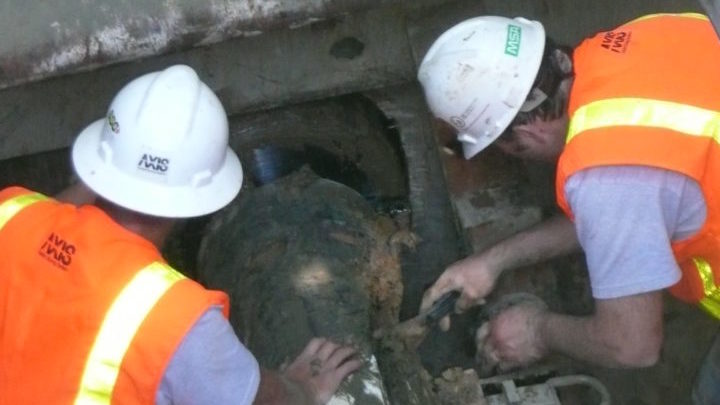There is no one-size-fits-all method of trenchless pipeline installation because every project is different; there are different ground conditions, different design tolerances and project specifications, and different types and diameters of pipes. This means that in order to have the best chance of a successful pipeline installation, it is important to get an experienced contractor who can provide unbiased advice on the best method and pipe for your installation.
The reality is there are numerous trenchless methods of pipeline installation available, and these will be suited to some projects more than others. Selecting the best method for the prevailing conditions and specifications has various benefits as it will not only increase the chance of a successful installation, but also has the potential for time and cost savings to be realised.
However, more often than not, this is not the case and the best installation method is not used.
This comes down to one key factor; clients are not seeking the input of an unbiased expert. If a client approaches a contractor that only specialises in one method of trenchless installation, of course the contractor is going to highlight all the positives that their construction method has, while downplaying – or not mentioning – the negatives.
This means the client will have a limited view and will not be able to consider the bigger, overall picture, and is less likely to select the most appropriate trenchless method.
So what exactly can an unbiased expert provide advice on?
Different methods of installation
There are a range of trenchless methods of pipeline installation offered by contractors outside of the traditional horizontal directional drilling (HDD) and microtunnelling, including auger boring and pipe jacking.
If a contractor is able to offer several of these methods, they can present the pros and cons to the client of the different techniques and allow them to make an informed decision. This means the most appropriate technique is more likely to be used and that the job will be done right the first time, and project time and costs can be kept low as there’s less chance of something going wrong during the installation process.
Selecting the right pipe
Pipe selection is also important for an installation, as different materials will affect accuracy, as well as impact skin friction and installation costs. However, pipe selection can also be limited depending on the installation method.
For example, CC-GRP or RCP can be used for pipe jacking. CC-GRP in particular is preferred for this method as it is manufactured with tight tolerances – allowing accuracy to be maintained during and after installation – and provides maximum strength and minimal skin friction.
HDPE is most commonly used for HDD installations, but some microtunnelling machines – such as the Vermeer AXIS guided boring system – can now install it via a pullback method. While it has low skin friction, the pipe requires a trail out trench which is detrimental to the shaft construction and the overall keyhole pipeline advantage, as well as accuracy.
PVC and PP pipes are typically limited to either being installed within a casing pipe or requiring consistent, self-supporting ground, as the pipes in their typical format do not allow for jacking, and the joint can deform under load.
The diameter of the pipe will also impact the risk and cost of a project and the installation method that can be used.
In installations requiring diameters under 300mm, contractors are limited to using more displacement styled machines. These have limited capabilities in varied ground conditions or the pipe needs to be installed within a sleeve, as well as be centralised and grouted.
For pipe diameters greater than 300mm, contractors can utilise a greater range of equipment through a maximal range of ground conditions. This reduces risk and increases the chance of a successful outcome.
So, selecting an unbiased trenchless contractor is extremely important to ensure your project is done right the first time, and the risks of project time and cost blowouts are reduced.

